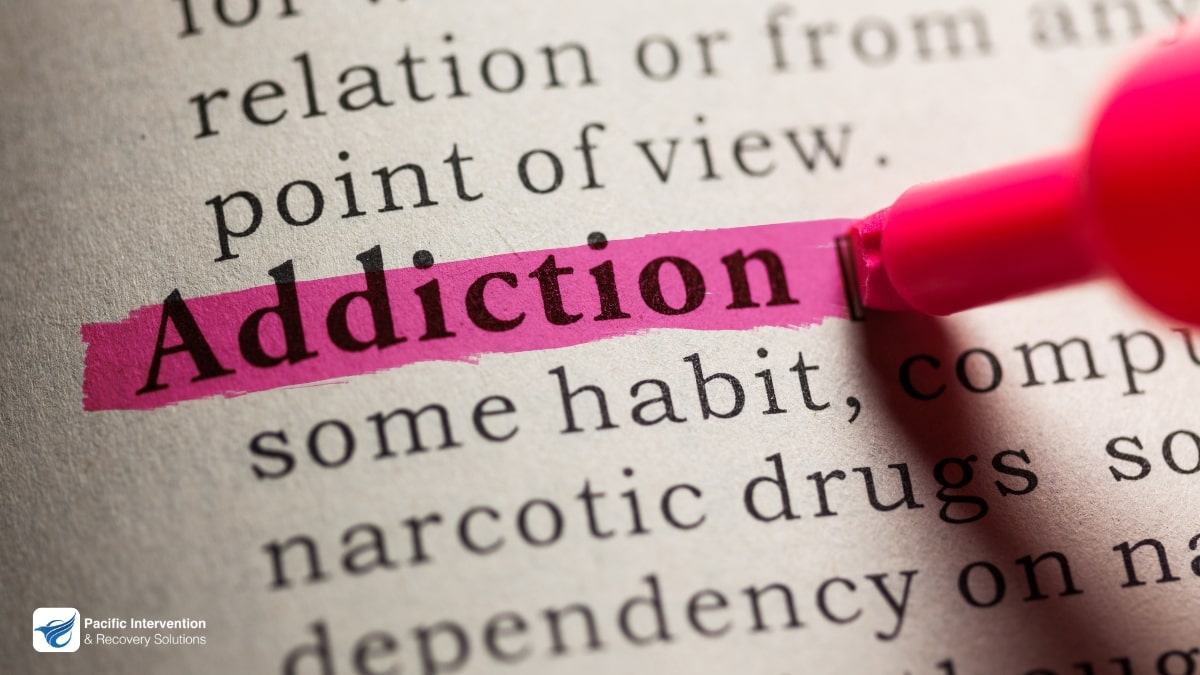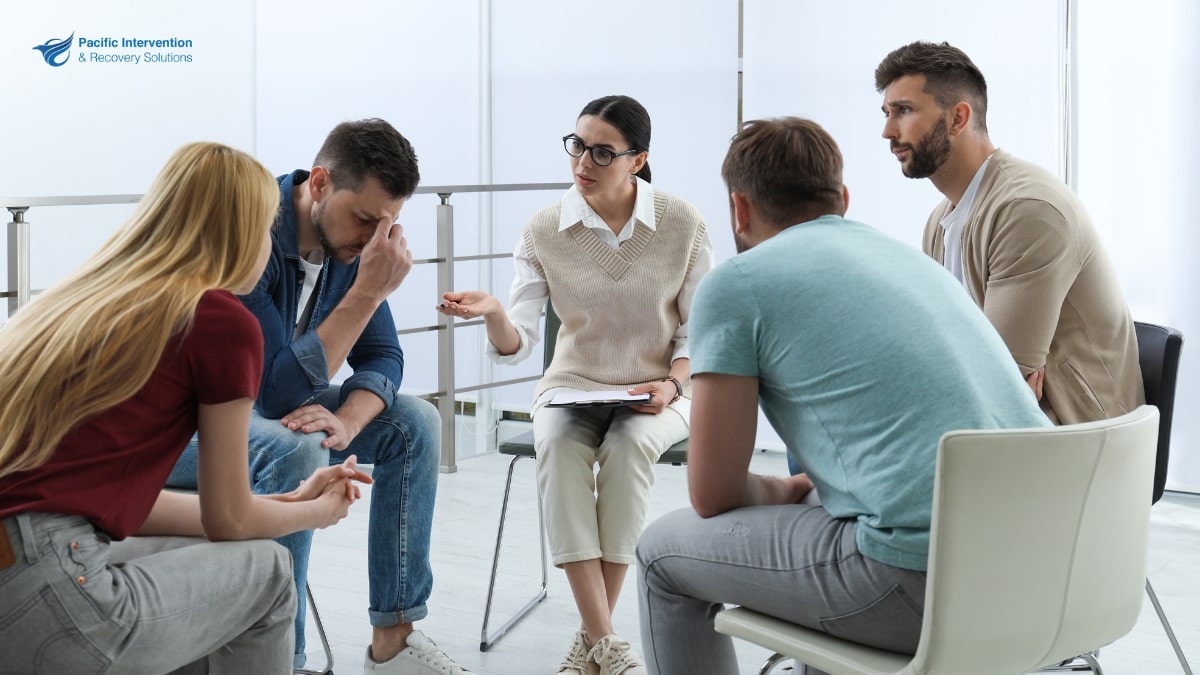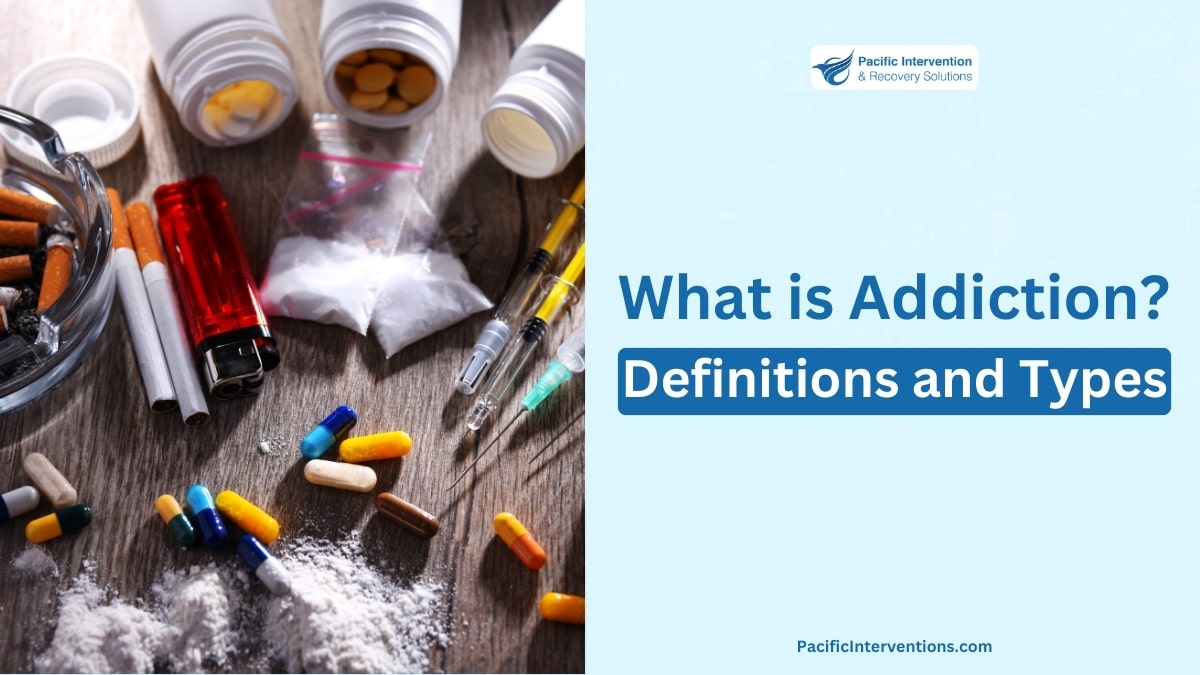Addiction is a highly complex phenomenon characterized by compulsive engagement in rewarding seeking despite adverse consequences. It occurs in both substance and behavioral forms, hence becoming a complex problem with genetic, psychological, and socioeconomic factors.
Understanding addiction in a social context is crucial because it will help form public policy, shape treatment, and influence community support. The more clearly one can frame addiction as a public health problem, the more compassion will be brought to managing the condition, and more effective intervention strategies can be applied.
Some of the key terms associated with this condition include substance addiction, behavioral addiction, and co-occurring disorders. All forms of addiction share a common element in that they refer to some overpowering drive that can seriously disrupt the life and well-being of an individual.

Definition of Addiction
Addiction is usually defined as a chronic disorder characterized by compulsive engagement in rewarding stimulation despite adverse consequences. Traditionally, it means dependency on substances—like alcohol, drugs, or specific behaviors such as gambling. It has both psychological and physical components: a psychological component characterized by cravings and compulsive behavior and a physical component characterized by withdrawal symptoms and tolerance—to achieve the same effect, increasing amounts of the substance or behavior are required.
Historical Understandings of Addiction
Historically, addiction was perceived as a moral or legal issue; accordingly, the concepts of an individual’s lack of willpower and moral failure dictated social reactions to the condition. The penalties for the use of drugs were documented in ancient texts, but the perception of addiction as an illness only materialized towards the end of the 19th and early 20th centuries.
Contemporary Definitions
Today, addiction is entirely covered under the concept of disorders associated with the use of substances and behavioral addictions. The DSM-5 criteria for substance use disorders specify a very structured diagnostic framework that emphasizes effects on functioning and health. Contemporary definitions have stretched this characterization to behavioral addictions like gambling and internet use, reflecting diversified forms of addiction beyond classical substance use. This broadening perspective will allow for inclusiveness toward treatment and recovery.

Types of Addiction
Substance Use Addictions
Some of the most common addictive substances include:
- alcohol
- opioids, including heroin and fentanyl, as well as prescription pain medication like oxycodone and morphine
- cannabis
- nicotine
- amphetamines
- cocaine
- methamphetamine

Alcohol Addiction
Statistics and Impact on Society
Alcohol addiction is one of the most severe health issues in any population across the world. It is estimated that about 280 million people worldwide are affected by disorders associated with alcohol use, which cause monetary costs of more than $249 billion annually in the U.S. This cost comes from lost production, healthcare expenses, and criminal justice costs. It further contributes to a rise in the cases of domestic violence, accidents, and psychiatric problems.
Signs and Symptoms
Common symptoms of addiction to alcohol include increased craving for alcohol, lack of control over drinking, and the development of tolerance—needing more alcohol to achieve the same effects. These features may lead to physical dependence and withdrawal symptoms like anxiety, tremors, and nausea, among others, when the individual is not consuming alcohol.
Drug Addiction
Prescription Drugs (Opioids, Benzodiazepines)
The issue of prescription drug abuse has risen to epidemic levels with opioids and benzodiazepines. On the one hand, opioids are strong painkillers but highly addictive. On the other hand, benzodiazepines, mainly prescribed to patients with anxiety disorders, may cause very hazardous withdrawal symptoms in the user. Fentanyl is another opioid; it is often linked to overdose deaths.
Illegal Drugs (Cocaine, Heroin, Methamphetamines)
There are other health hazards and social problems with illegal drugs. Cocaine and methamphetamines represent very dangerous stimulants with considerable potential for severe physical and psychotic side effects.
Signs and Symptoms
Behavioral changes, negligence in responsibilities, increased secrecy—some of these are indicative signs that point out a person with drug addiction. Anxiety, depression, and soma complaints will again make a recovery quite formidable under the symptoms of withdrawal. Hence, understanding and addressing these addictions becomes quite essential for effective societal intervention and individual recovery.

Behavioral Addictions
Behavioral addictions are a group of compulsive behaviors occurring repetitively, as with substance use disorders, and impeding functioning in life. One prominent example is gambling addiction, which is an uncontrollable need to gamble despite adverse consequences. Some 1–2% of the general population suffers from gambling addiction, which often creates enormous financial problems and emotional and relational disturbances. This can result in anxiety, depression, and chronic remorse among people who chase losses or try to conceal their gambling.
Another major behavioral addiction is internet addiction, which has come to the forefront with the advent of digital technology. It encompasses compulsive behaviors like social media, online gaming, and shopping.
Social media addiction interferes with daily functioning and damages interpersonal relations, while gaming addiction is usually associated with the negligence of responsibilities and detachment from face-to-face interactions. Shopping addiction online can cost a person financially and may further deteriorate self-esteem, leading to feelings of guilt and inadequacy.
There are also other behavioral addictions, including sexual addiction and food addiction. Sex addiction is a compulsive sexual behavior that is very harmful to interpersonal relationships and that serves as a promoter of emotional instability. To the same extent, food addiction represents a cycle of overeating originating from emotional triggers rather than physical hunger, usually leading to serious health complications and social stigmatization.
Each of these addictions has features and implications that make it very important that both the individual and health care providers be able to recognize these behaviors to apply appropriate intervention and support strategies.
Common Misconceptions About Addiction
Addiction is often misunderstood as a moral failure; it is a medical condition. The misconception is stigmatizing in and of itself to the person suffering from the substance use disorder, forgetting the puzzle of genetic inheritance, socioeconomic factors, and psychological contribution.
To many, quitting addiction is seen as just a matter of willpower. It involves more than mere willpower—neurobiological changes that usually require professional help and treatment. Further alienation due to the stigmas associated with addiction makes recovery difficult. Put differently, by being empathetic and understanding, society provides an enabling environment for individuals to seek help, fostering long-term recoveries. De-stigmatizing is vital in cutting down stereotypes by relating addiction to medical issues.
Conclusion
This discussion, therefore, sheds some light on the salient features of addiction’s effects on the individual and society. One becomes aware of it through education, which helps shed light on the multifaceted reality of addiction, reduce myths, and increase empathy.
Thus, the importance of such informed dialogues cannot be minimized because they can facilitate a person’s recognition of the signs of addiction, either in themselves or their loved ones. Moreover, we encourage everyone to seek help and utilize the available resources. This includes support groups and professional counseling. Addictions are conquerable. Treatment for addictions is always the very first step in recovery, and most importantly, nobody has to fight this alone.
FAQs
What are the five most common types of addiction?
Some of the more common addictive substances include:
- Alcohol
- Opioids, including heroin and fentanyl, as well as prescription pain medication like oxycodone and morphine
- Nicotine
- Cocaine
- Methamphetamine
What are the four predominant features of addiction?
The four Cs of addiction are Compulsion, Cravings, Consequences, and Control. They have become a valuable way to accurately describe or identify addiction.
What are the four levels of addiction?
There are four levels of addiction: Physical, Emotional, Mental, and Spiritual.






